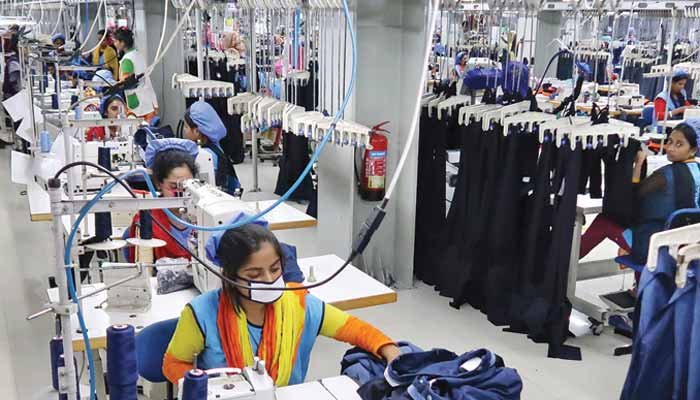Buying apparel and clothes is no easy task to do. When you buy new clothes, you notice many things in detail like buttons, fabric, quality and any other accessories. But the main factor that takes more attention is stitching. Stitching is the base of these in all garments manufacturing.
Stitching can ruin the look of clothes or can make it look fabulous. The neatness and styling of stitching make garment apparel attractive. Furthermore, most experts working in the clothing industry field go through great pain to guarantee the correct sewing methods are used in large-scale manufacturing. Stitches are a significant thought when bringing in or manufacturing pieces of clothing.
The expert tailors need to be familiar with the different fabrics and types of stitches used to stitch the apparel. However, also when you want to start your own clothing line, some familiarity is important. Following are some standard or more general types of stitches:
Interlacing:
This type of stitching includes that during stitching, one loop or end of one tread passes or goes over another loop or lot of an impression. We can say that it’s like a match crossing them with each other.
Interlooping:
When the loop of one tread goes through another loop of another thread, this type is called Interlooping.
Intralooping:
One loop of one tread passes through the same loop of the same thread, and then it is called Intralooping. It looks like braids.
There are various types of stitches being used in modern clothing line manufacturing. They can be roughly divided into temporary and permanent stiches. The most important ones are as follows:
Temporary stitches:
The one used for sewing to hold the piece of clothing or fabric together before actual stitches are made. These stitches are also known as tacking or basting stitches. Generally, this stitch is flat, and it is worked from the left to right side with a knot.
Different kind of tacking/basting stitches is as follows.
1. Even basting:
Even basting is used to grip the fabric together temporarily, but more firmly than in uneven basting. In this, even stitches of about ¼ inch to ⅜ inch long. It uses Sewing Machine Operator Class one layer of the fabric to another layer, holds the layer to be eased on top and gather this top layer to stitch.
2. Uneven basting:
Uneven basting is used for the togetherness of fabrics, only on the stitches where there is no strain. This type of basting is used as the guideline on the uppermost side of the material for two times at least twice that on the fabric’s underside. Make a long stitch, about ½ inches on one side of the fabric and then a short stitch ¼ inch on the other side of the material.
3. Diagonal basting:
If more than one row of tacking is required, this type of basting is used to hold two fabric pieces together. As if you are attaching to a collar or go up to a piece of fabric on underlining, etc. It can be done by both methods, vertically or horizontally.
4. Slip basting:
This is also known as invisible hand basting. When you are working from the right side of the fabric, this type of basting is used to mark fitting alterations or when you want patterns to be gathered accurately as stripes, checks, etc. and on the seam line turn under one edge of the material.
Permanent Stitches:
Those stitches which form a part of a stitched garment are known as permanent stitches.
1. Running Stitch:
The running stitch is the most basic and commonly used. In this type of stitching, the needle and thread passes over and shows two fabric pieces. Their equivalents to a treating fasten aside from it is sewn all the more firmly to make a protected and perpetual tie. The method can be distinguished by the spaces left between each stitch on the fabric’s two sides. It creates a dashed line on the material.
2. Straight stitches:
These stitches are mostly used to create a straight line of patterns with equal length and space. It gives a unity look to the fabric, like something straight but elegant.
It is the actual backbone of all the variety of machine stitches that are permanent too.
3. Multithread chain stitches:
It is a multithread chain stitches type where circles shaped in one bunch of sewing string are gone through the fabric and are held by interloping and interlacing with loops framed by another arrangement of threads looping stitches. It would appear that a lockstitch on the front side of the fabric has a twofold chain impact made by the looper thread on the backside. Thinks about to lockstitch, a 2-thread chain fasten a lot more grounded and since no threads are interlocking with one another inside the fabric, there are lesser odds of having a puckering in the crease.
Conclusion
Stitches are of various types, such as hand stitches, temporary or permanent stitches. This has many sub-types like basting, multi-thread chain etc. They are standardized all over the world, whether working with clothing manufacturers in China or in Western countries. The terms may differ but the types are the same. It is recommended to look for reference photos online to make sure there is no confusion.
